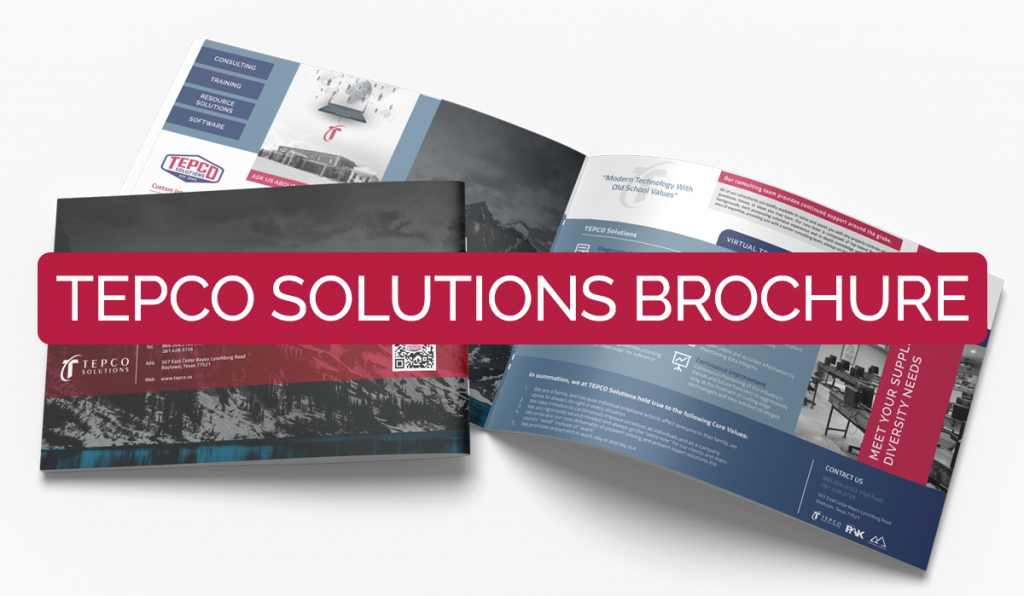Apr 6, 2021 | Uncategorized
Introduction to P6 Scheduling | 2008
This Introduction to P6 scheduling course is designed for individuals that have no scheduling experience. Students will gain an understanding of how to navigate in Primavera P6, and utilize key functions required in the basic class. You will walk away with a good comprehension of how to build a WBS, tie logic, and schedule a project.
Duration: 1 Day
Price: $TBD
Introduction to P6 Scheduling | 2008
Mar 11, 2021 | Training Course Outlines
Print Outline
Course Introduction
- Introduction to Cost Review
Section 01: Industry Changes in Cost Management
- Current TAR Process
- Suggested TAR Process
Section 02: Turnaround Cost Cycle – High Level
- Turnaround Phases
- Turnaround Cost Cycle
Section 03: Cost Breakdown Structure
- What is a Cost Breakdown Structure?
Section 04: Estimate Development
- Estimate Timeline
- Preparation Estimate
- High Level Scope Estimate
- Work Scope Estimate
- Plan Estimate
Section 05: Budget Development
- Estimate vs Budget
- Histograms
- Staffing Plans
- Bid Sheets
- Estimate Breakdown Sheets
- Purchase Orders & Control Budget
Section 06: Preparing for Execution
Section 07: Cost Tracking & Control
- Execution Activities
- Daily Force Reports
- Daily Timesheets
Section 08: Deliverables to Management
Section 09: Closeout
Mar 4, 2021 | Training Course Outlines
Print Outline
Introduction
- Introduction to Course
- Skills Required for Cost
Section 01: Cost Management
- What is Cost Management?
- Processes
- Why it is important?
Section 02: Cost Breakdown Structure
- What is a Cost Breakdown Structure?
Section 03: Estimate & Budget Development
- Estimate vs Budget
- Estimate Development
- Budget Development
Section 04: Cost Report
- What is a Cost Report?
- Critical Data included in Cost Report
Section 05: Cost Control
- Cost Control Steps Overview
- Cost Tracking Sheet
Section 06: Change Management
- What is Change Management?
Section 07: Capital vs Turnaround
Dec 15, 2020 | Training Course Outlines
Print Outline
Section 01: User and Admin Preferences
• Review and adjust specific user and admin preferences to provide an in-depth understanding of how they can affect scheduling
Section 02: Duration and Percent Complete Types
• Hands on review of how activity Duration Type affects schedule calculations
• Hands on review of how activity Percent Complete Type affects schedule calculations, specifically around earned value reporting
• Review common default project settings
Section 03: Utilizing P6 Cost Accounts
• Cost Accounts Relationship to Earned Value Reporting
• Example Utilizing All Earned Value Components
• Cost Account Structure in P6
• Create a Cost Account Structure
• Assigning Cost Accounts to activity Resource Assignments or Expense Assignments
Section 04: Importing and Exporting
• P6 XER file import and Export
• Excel Import and Export
• Exporting and Importing Layouts and Reports
Section 05: Utilizing Cost
• Understand how the Resource Type affects units, cost, and earned value field calculations
• Apply hourly rates to labor, non-labor, and material resources
• Add expense items with cost
• View the overall costs for a P6 project file
Section 06: Allocation Resources
• Setting Up the Resource Assignments View Layout
• Apply Budgets and Assign Cost Accounts in the Assignments View
• Changing Resources on Assignments
Section 07: Resource Leveling
• Leveling Concepts
• P6 Leveling Settings
• Activity Leveling Priorities
• Creating Shift Calendars
• Setting the Resource Limits (Max Units/Time)
• Adjust Resource Limits (Max Units/Time)
• View and Print a Resource Profile Summary
Section 08: Advanced Scheduling Concepts
• Adding Contingency to a Schedule
• Retained Logic and Progress Override
• Calendar Effect on Relationship Lag Assignments
• Calculating Multiple Float Paths
Section 09: User Defined Fields and Global Change
• Define and Create User Defined Fields
• Understanding the Global Change Functionality
• Create and Apply a Global Changes
Section 10: Change Control and Baseline Updates
• Use a P6 Staging Project for Pending Changes
• Performing “What-If” Schedule Analysis
• Apply Approved Changes to a Project
• Baseline Updates with Schedule Changes
Section 11: Reflection Projects
• Understand Reflection Projects
• The Common uses for Reflection Projects
• Create, Edit, and Merge a Reflection Project
Dec 15, 2020 | Training Course Outlines
Print Outline
Section 01:
• Introductions
• Preparation for Planning at a New Site
• Introduction to Event Phases
• Understanding Work Scope Development
• Prepare Walk Down Document Needs (P&ID, Isometrics, ITP, Blind List)
• Utilize Onsite Training Unit and Perform Job Walk Downs
• Complete Work Package Data Markups (P&ID’s, Plot Plans, Picture Templates)
• Introduction to Planning Programs
• Introduction to Planning Templates
• Coding of Activities
• Use of Estimating Toolbox for Durations and Man Hour Entries
• Accurate BOM Creation
• Attaching Data to the Job Plan
• Data Warehousing and Data Mining of Solid Work Plans
Section 02:
• Assignment of Jobs for Planning
• Perform Job Walk Down Per Scope or Work List
• Work Package Data Markups (P&ID’s, Plot Plans, Picture Templates)
• Create Complete Detailed Job Plan Using Materials and Tools
Provided
• Understanding and Performing Job Plan Validations
Section 03:
• Finalize Plan Validations
• Your Plan is Off to The Schedule and What That Means
• A Visit with The Schedulers
• Staffing, Budgeting, Material Requisitioning, Contractor Validations, and Execution
• A Visit with The Cost Department
After this course the student will be able to:
• Apply Learned Planning Processes in A Real-World Environment
• Understand Planning Processes from Scope Development to Schedule Importing
• Obtain 24 PDU’s (Professional Development Units) to PMI (Project Management Institute)
• Create Turnaround and Maintenance Plans with Confidence


